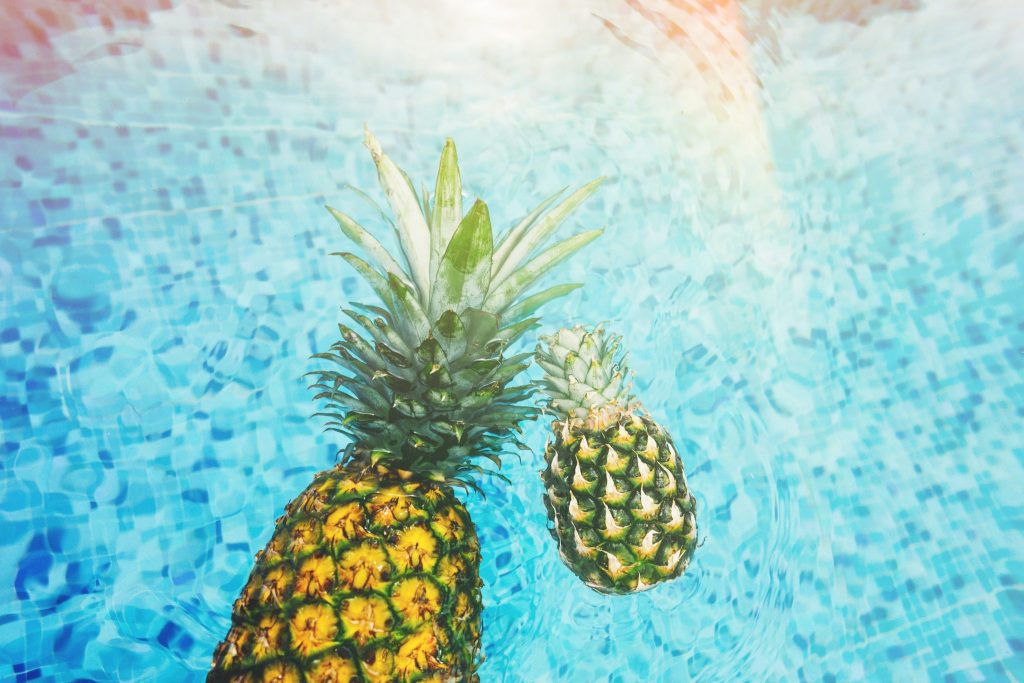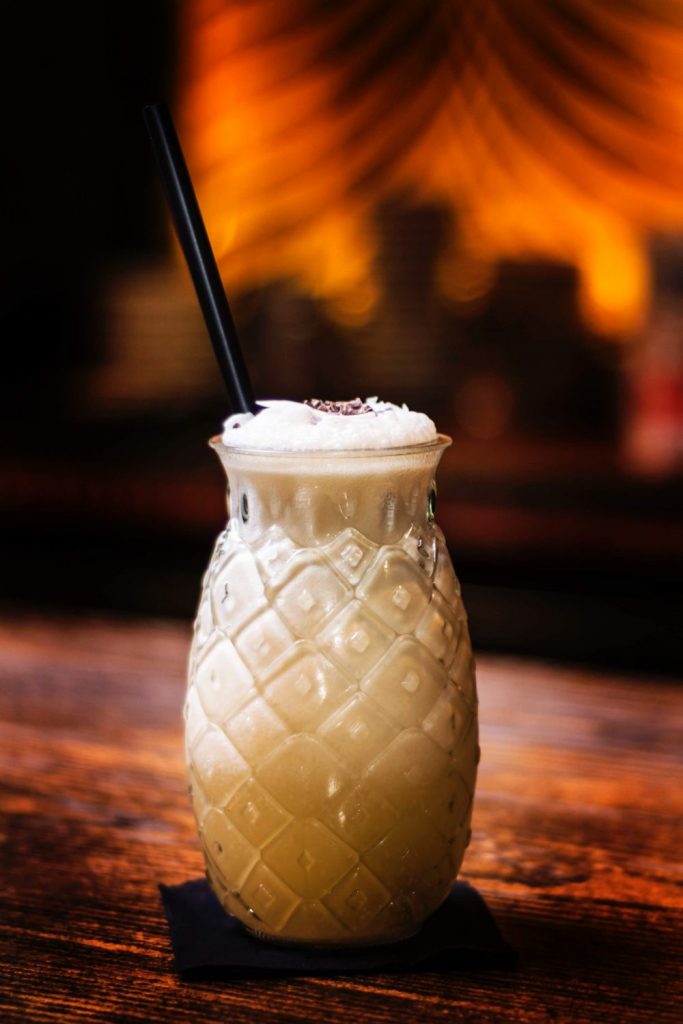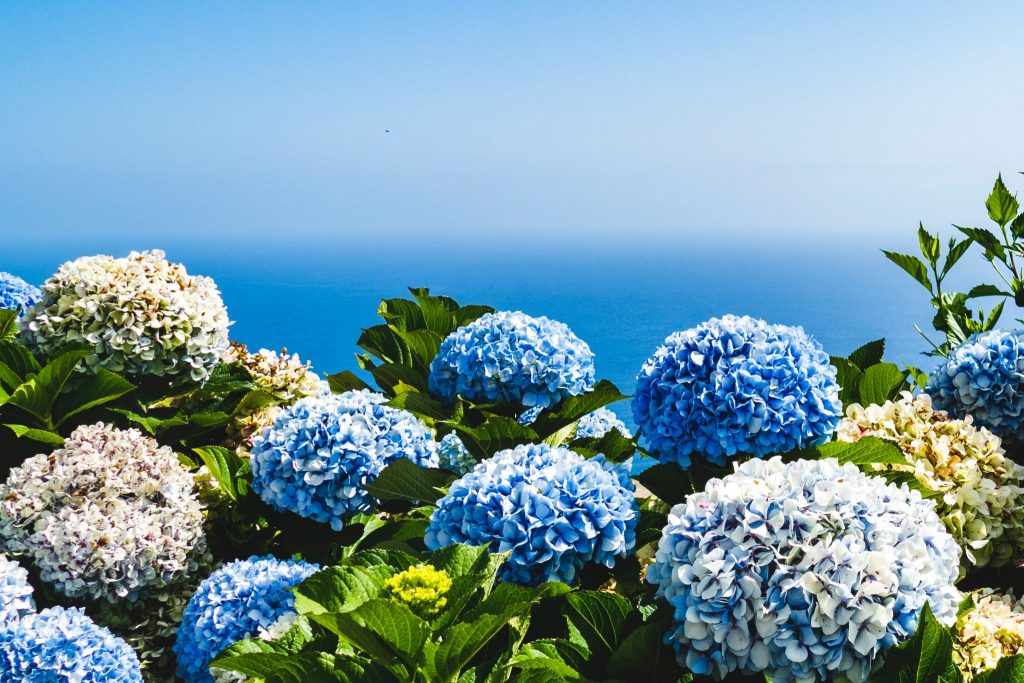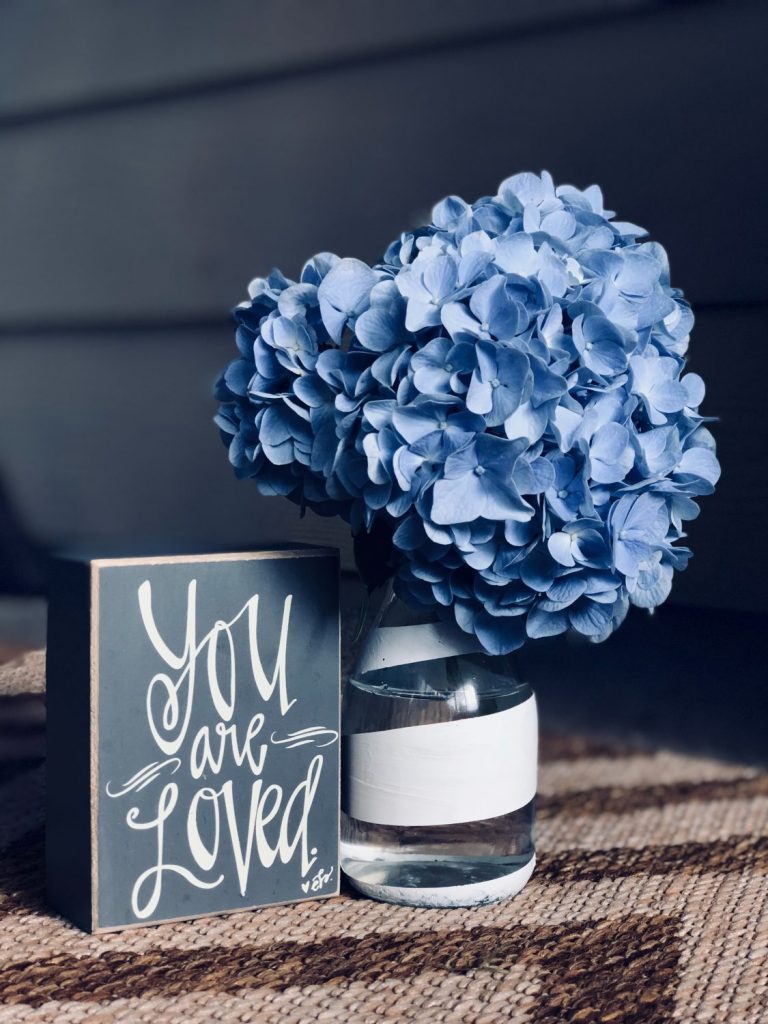Mother’s Day: Say It With Flowers
A sweet story of love for Mother’s Day
The day after I met my true-love, he sent me a glorious cabbage rose, the ‘ambassador of love’. But my heart was ‘ignorant of love’, so I responded with a bouquet of white rose buds. The very next day my true love slipped me a yellow acacia flower. I stepped away, shocked. How could he suggest we embrace a ‘secret love’? Dear Reader, what was I to do?
To be continued…
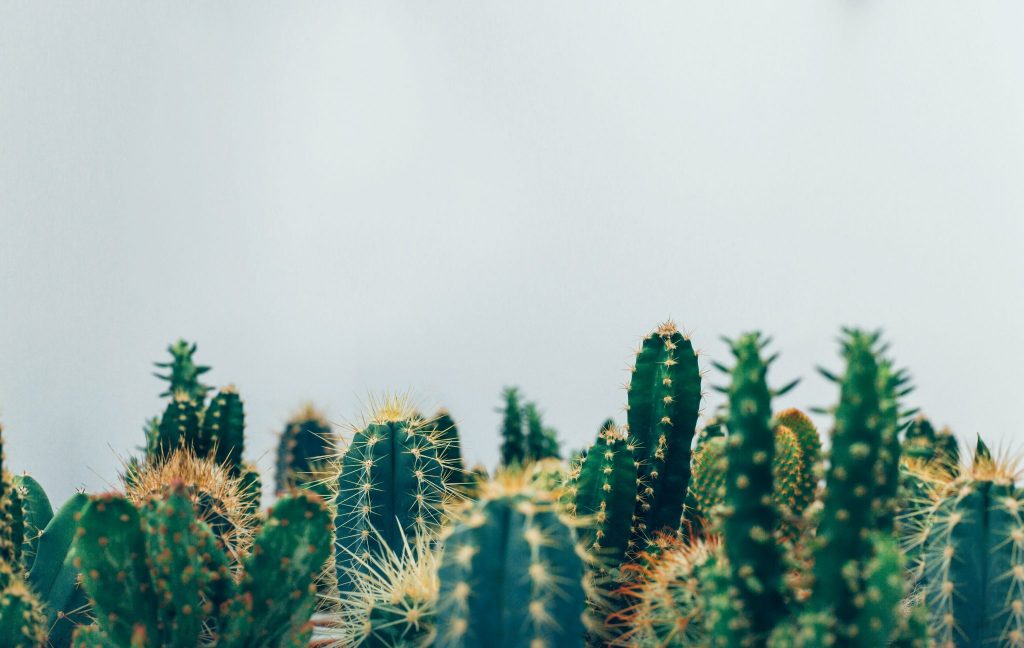
The Language of Flowers
This flowery exchange is known as floriography, or the language of flowers. Although flowers have been used symbolically for centuries, specific flower meanings became formalised in the conservative Victorian era in England. Back then, open expression of strong emotion was considered inappropriate, so those overcome by passion said it with flowers.
A cactus says ‘warmth’ – who’d have guessed?
The majority of flower meanings in the popular Victorian tome, The Language of Flowers, speak of love in all its forms. But floriography can express as many feelings as there are flowers, such as:
- temperance – the azalea
- industry – the red clover
- fame – tulips
- beware of excess – saffron
A Cape jasmine says, ‘I’m too happy’, which is bemusing but could be bunched with a clematis, which speaks to ‘mental health’. Or cactus, which signals ‘warmth’ – who’d have guessed?
For Mother’s Day
With ANZAC Day just passed, one might choose to display nasturtiums, indicating patriotism. The star-crossed lovers above could send yellow lilies to suggest falsehood, purple lilac for the first emotions of love, mimosa for chastity, or yellow roses to convey jealousy.
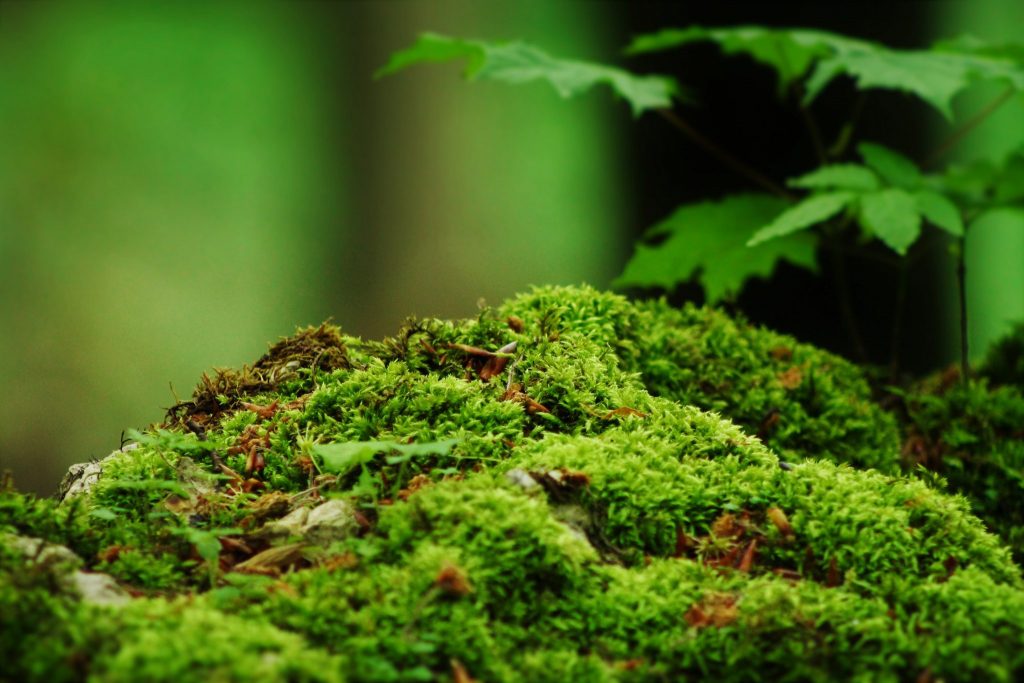
For Mother’s Day this year, why not include some moss in your floral offering to Mum, as symbolic of ‘maternal affection’? Please don’t send her meadow saffron as this means ‘your best days are past’. Instead, give her a bouquet of white camellia japonica, meaning ‘perfected loveliness’. Or even a pineapple, which says ‘you are perfect’. Mix a little rum with the pineapple and Mum may think it perfect, too!
Chrysanthemums have become symbolic of Mother’s Day in Australia, which is apt considering that in Victorian England the red chrysanthemum meant ‘love’, the white ‘truth’ and the Chinese chrysanthemum ‘cheerfulness under adversity’. Put them together and you have summed up motherhood in one colourful bunch!
Personal interpretation is more powerful than any historical meaning inherited from a different culture.
A Sensual Experience
The language of flowers transfers across the senses too. The chrysanthemum is a Feng Shui symbol for longevity. It is supposed to ease the burden of a hard life and makes a calming tea – all good for Mum. Try giving her flowers and tea instead of flowers and chocolate? It’s a healthy gift that will help Mum relax, and that’s good for everyone.
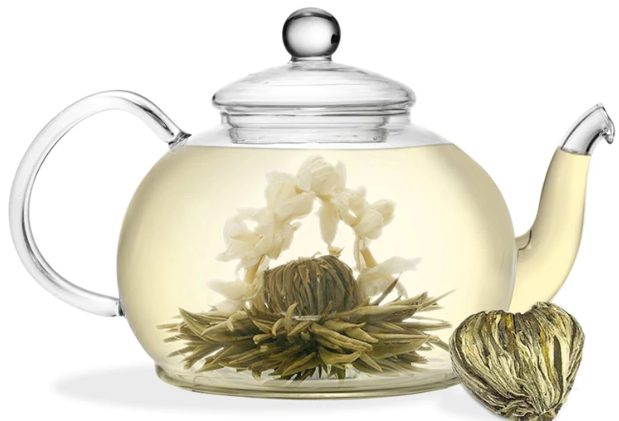
Make It Personal
However fascinating, floriography should not be taken too seriously. Kristi Bee, the artist behind Pansabella at Coffs Central, has provided stunning floral arrangements for a wide variety of occasions. She considers the individual sentiment or memory evoked by the flowers a better guide than any uniform meaning. For Kristi, personal interpretation is more powerful than any historical meaning inherited from a different culture.
These days, a simple left swipe works just as well, but if you are a little more stylish than that, say it with flowers.
Kristi was once asked to create a bridal bouquet containing hydrangeas because these reminded the bride of her beloved grandmother. Such a heartfelt connection is of much greater value than the Victorian floriography meaning of ‘a boaster’ or ‘heartlessness’.
A Happy Ending?
But what of our flower-crossed lovers? Well, after his improper suggestion, our heroine gave him a red striped carnation to make her rejection clear. He responded with a garland of roses laced with forget-me-nots and garden sage, meaning ‘unforgettable love and esteem’.
Yes, smearing a symbiosis of fungus and algae over your bouquet is a great way to communicate dejection and solitude, really saying ‘it’s over you pond-scum’.
So she sent back a posy of wild daisies, meaning ‘I will think of it’. But alas, while at cocktails that evening she saw her true love give a basket of fern to another – the cad! How could he say ‘you fascinate me’ to anyone but her?
Broken-hearted, (and concerned that her suitor may have a developed an unhealthy flower fixation), there was nothing left to do but send him a bouquet comprising lotus flower (estranged love), marigold (grief), lavender (mistrust) and lichen… Yes, smearing a symbiosis of fungus and algae over your bouquet is a great way to communicate rejection, really saying ‘it’s over you pond-scum’.
These days, a simple left swipe works just as well but if you are a little more stylish than that, say it with flowers. Just be careful what you’re saying.
For expert advice on beautiful, modern flower arrangements for any occasion this Mother’s Day, visit Pansabella at Coffs Central or Thistle Flowers at Port Central. Read our story about Thistle Flowers here. Find tea at Red Sparrow, Coffs Central.



